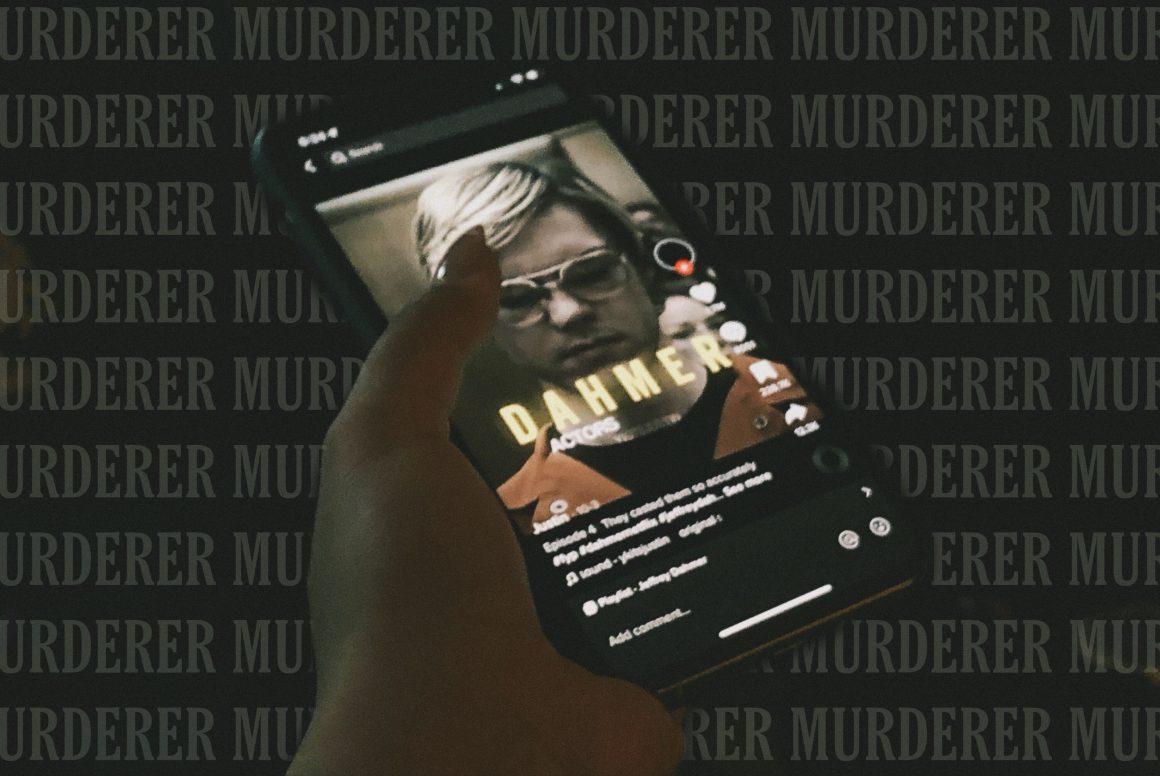
Dahmer series on Netflix: The line between art and empathy
By Ana Bodevan, October 20 2022—
Netflix’s newest hit mini series has become the second most streamed show in the history of the platform. Created by Ryan Murphy and Ian Brenner — who had already collaborated on Glee and Scream Queens — Monster: The Jeffrey Dahmer Story is as controversial as it is successful.
The series follows Dahmer’s real life, from his hunt for the 17 young men he killed to his eventual capture and trial. At a time when interest in true crime media is at an unprecedented high, numerous critics have come forward questioning the need to review the story of a serial killer that targeted mainly Black, gay men — especially given that the latest retelling on Dahmer’s life and crimes came out only five years ago in the 2017 release, My Friend Dahmer. In 2002, the movie Dahmer also told the story on the big screen. Family members of Dahmer’s victims have come forward in criticism.
Rita Isbell, whose brother Errol Lindsey was 19 when Dahmer murdered him, made a moving statement at the killer’s trial in 1992, but said she was not told that this story would be portrayed in the series.
“When I saw part of the series, it bothered me — especially when I saw myself — when I saw my name on the screen and this lady saying word for word exactly what I said,” Isbell told the Insider.
Isbell said that Netflix should have given some of the money from the series to the children and grandchildren of the victims.
“If the series benefited them in some way, it wouldn’t be so cruel and reckless,” she said. “It’s sad that they are just making money off this tragedy. That’s just greed.”
Last week, Lindsey’s cousin Eric Perry tweeted that the family was unhappy with the series as well.
“It’s retraumatizing us over and over again, and for what?” he said. “How many movies/shows/documentaries do we need? Like, recreating my cousin having an emotional breakdown in court in the face of the man who tortured and murdered her brother is WILD. WIIIILD [sic].”
Anne E. Schwartz, the journalist who broke the story of her crimes in 1991, told the British newspaper The Independent that the series “sacrificed accuracy for drama.”
The former reporter said that the producers took poetic license over many important details and that the series bears little resemblance to the facts of the case. So, is Netflix’s Dahmer just another instance of trauma porn? Is the true crime genre desensitizing our sense of empathy? The viral TikTok Dahmer Polaroid Challenge seems to point towards it: Dahmer was known for taking gruesome polaroid photos of his victims. The challenge, which has gained 531.2 million views on the platform, consists of users searching for these pictures and filming their reaction to them.
As humans, wondering how our fellow species can inflict so much pain to another is subject of understandable morbid curiosity, and a full plate of content for the entertainment industry. However much appealing to a sensationalist, the unrealistic description of brutal crimes with real victims is just a cheap, sickening tactic that resorts to the viewer’s shock and disgust to justify poor and insensitive writing. Netflix itself has its own catalog of true-crime shows and documentaries that do not resort to such lengths to tell compelling stories, like David Lynch’s Mindhunter or The Case.
Trends like Dahmer’s Polaroid Challenge are not a manifestation of peoples natural attraction to what is morbid, but the consequence of a society that is so chronically immersed in media that it is losing its ability to separate fiction or reality. These polaroids are not fictional pictures of nonexistent people, but the brutal trophies a psychopath kept to remind him of the pain and horror he inflicted on his many victims. The men and children that Dahmer killed and dehumanized had names, families, stories, and dreams.
Steven Hicks (18 years old), Steven Tuomi (24), Jamie Doxtator (14), Richard Guerrero (25), Anthony Sears (26), Ricky Beeks (33), Edward Smith (28), Ernest Miller (22), David Thomas (23), Curtis Straughter (18), Errol Lindsey (19), Anthony Hughes (31), Konerak Sinthasomphone (14), Matt Turner (20), Jeremiah Weinberger (23), Oliver Lacy (23) and Joseph Bradehoft (25).
Seventeen people who should be left to rest in peace in the minds of those who loved them, instead are reduced to mere offerings to the Jeffrey Dahmer’s altar because of our insensitive need for distraction.
This article is a part of our Voices section does not necessarily reflect the views of the Gauntlet editorial board.
